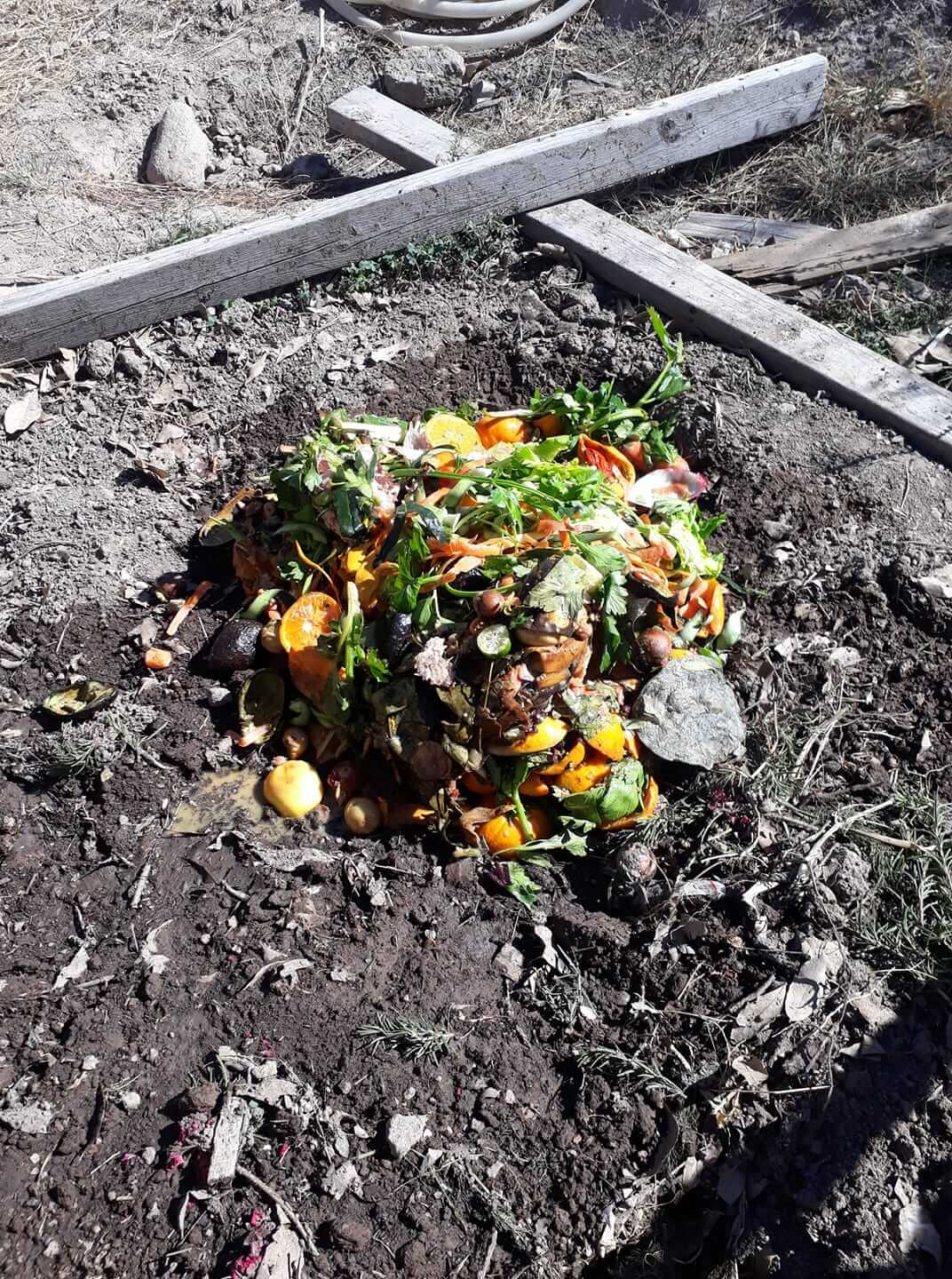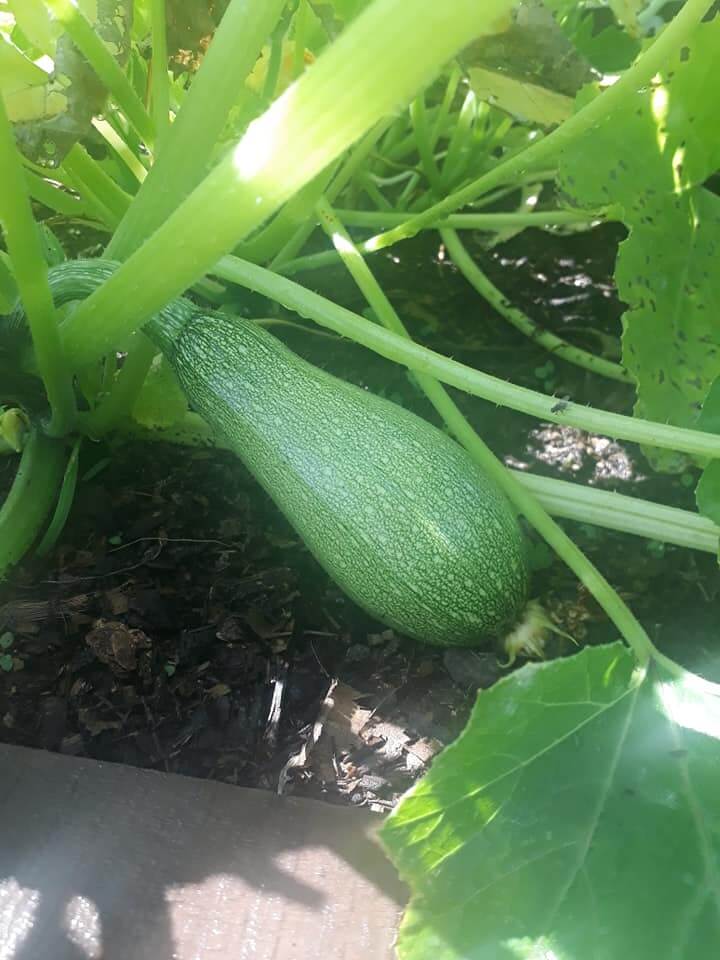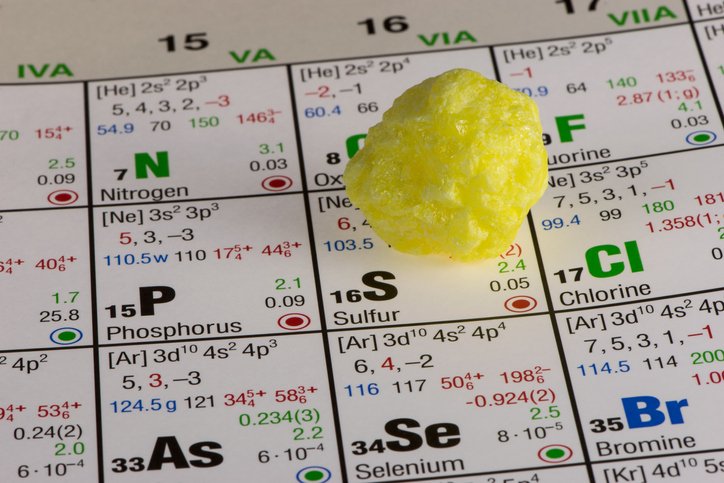“School gardens are excellent for active learning. For students to know their surroundings, it is necessary to return to the basics, to nature, to outdoor activities where they can use their five senses.”
Most of the topics addressed in science subjects have extensive and abstract content that bears little relation to students’ daily lives. Unsurprisingly, they are classified as difficult and boring.
Given this panorama, why don’t we take the students out to “sunbathe”? In other words, instead of learning about the nitrogen cycle through a slideshow or video, let’s take them out of the classroom to observe in a planter box how clover houses bacteria that fix nitrogen into the soil. To this end, school gardens are excellent educational partners for active learning. Besides, who would not be delighted to learn science in the sun, in a less structured class?
Looking for a more realistic option for students to contextualize learning, we can take advantage of the school gardens. School gardens are not a new learning tool, having been used in Europe since 1800. Great educational thinkers and philosophers, such as Froebel, Montessori, and Dewey, encouraged the use of these spaces as a way to balance education and incorporate “hands, heart and mind” into daily activities at school.
School gardens boomed during World War I, where they were used to teach children about food sovereignty. Subsequently, the idea fell into decline until 1970, when the global environmental movement revived the use of gardens for teaching topics such as ecology and sustainability.
Using a garden as a teaching tool, in this case, as a living laboratory, adheres to the principles of active education. With school gardens, education is no longer sedentary but transforms into an experience that changes students’ perspective about their surroundings.
It is time to return to basics, to nature and outdoor activities, to understanding our surroundings and using our five senses, and to change the chip in our students and look for the opportunity to make them more receptive when learning.
School gardens, as an educational tool, are based on four pillars:
-
Environmental management
-
Social and community development
-
Healthy lifestyles
-
Academic performance
We propose the use of school gardens as living classrooms, where educators can exemplify the concepts learned in Biology and Chemistry lessons, such as biodiversity, environmental relationships, carbon and nitrogen cycles, pH, minerals in the soil and sustainability, among many others, using two of the four pillars directly: environmental management and academic performance.
We call the school garden at the Tec High School Campus San Luis Potosí, in Mexico, the Green Outside Classroom (GOC): a living space for learning. Sessions in the garden are managed as a laboratory practice, where activities have clear learning objectives, a methodology to be followed, and a specific evaluation method. Students work collaboratively in pre-laboratory and other activities that are carried out under this concept. During the session in the garden, the class is unstructured. The students know what they have to do and they spread out around the yard. The teachers are there to answer any questions, make observations, and keep the session active, and students motivated.
The results obtained are positive, both qualitatively and quantitatively. Students’ comments when working in the garden range from “I love going out into the garden and seeing my little plants,” to “I didn’t know that’s how potatoes grow!”. The degree of student satisfaction in the field of Chemistry increased from 65% to 87% using experiential practices in the GOC.
Additionally, students retain the concepts learned in class better and can link them to activities carried out in the garden. For example, our students made a stoichiometric calculation of the amount of nitrogen fertilizer needed for the planter where strawberries are grown, and managed to explain why the planters need to contain different species to produce healthy plants. Thus, we can see that the academic performance pillar has been fulfilled correctly.
We also implemented campaigns to collect organic waste to make compost. First, the students researched the amount of waste we generate in the city and in the country. Then, we saw in class how organic matter breaks down and the nutrients it contains return to the soil. Finally, they investigated the types of composts that exist and proposed the best one for our space in accordance with the climate we have. In order to start composting, students were given the task of gathering organic waste from their homes and feeding the compost weekly. This campaign has been very successful because even students and teachers from other classes have asked us for permission to bring their waste. In this way, the environmental management pillar is being implemented on our campus.
Science teachers should not be afraid to “miss class.” Outdoor times without a rigorous agenda are positive for our students. We give them the opportunity to explore their interests, guided only to meet learning objectives. Using a school garden to improve science learning is an excellent option for everyone. Here are some ideas for your practical classes.
About the authors
Brenda Verdugo González (brenda.verdugo@tec.mx) has a Doctorate in Chemical Engineering. She is a high school teacher at Tecnológico de Monterrey, Campus San Luis Potosí.
Priscila Lara Juárez (priscila.lara@tec.mx) has a Master’s in Environmental Sciences. She is a high school teacher at Tecnológico de Monterrey, Campus San Luis Potosí.
This article from Observatory of the Institute for the Future of Education may be shared under the terms of the license CC BY-NC-SA 4.0 
)
)
















)